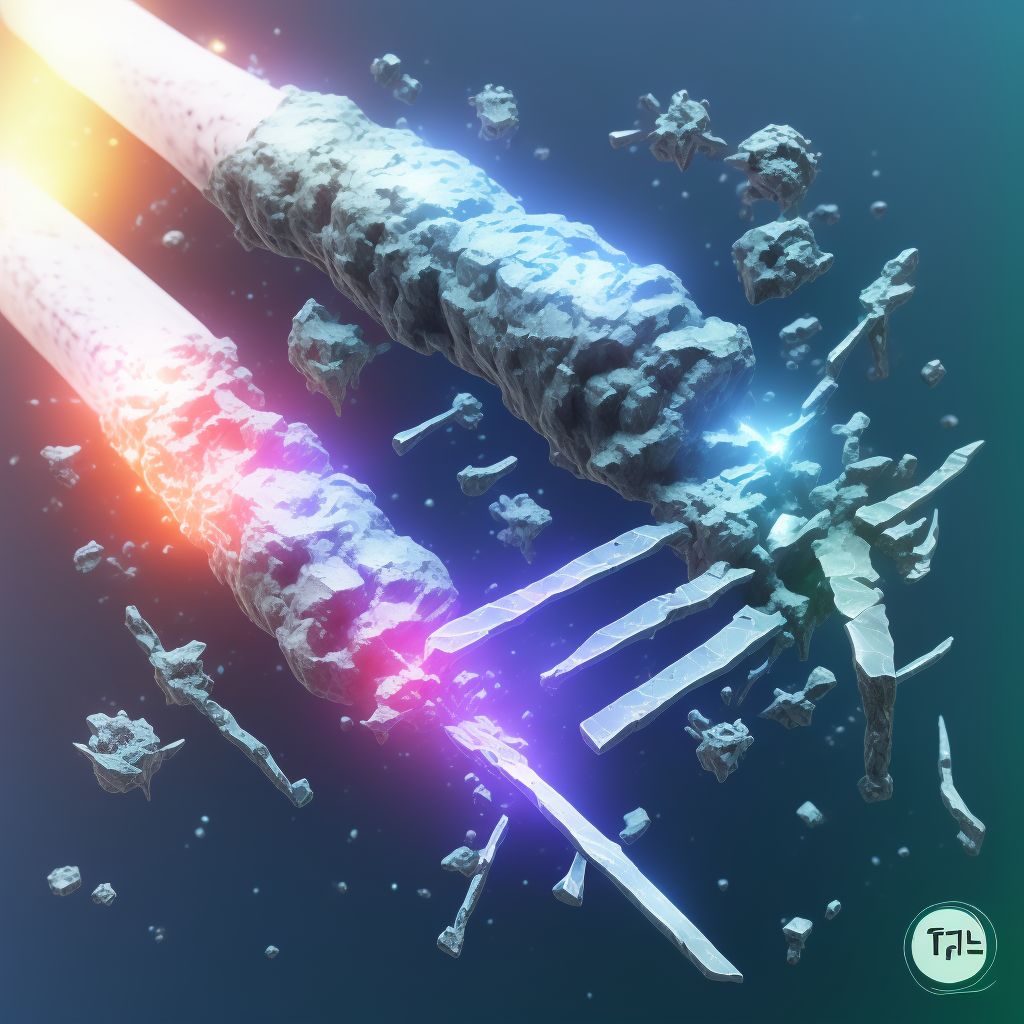
Displaced comminuted fracture of shaft of left fibula, initial encounter for open fracture type I or II Save
ICD-10 code: S82.452B
Disease category: S82.452: Displaced comminuted fracture of shaft of left fibula
Understanding Displaced Comminuted Fracture of the Shaft of the Left Fibula
When it comes to bone fractures, one type that requires attention is the displaced comminuted fracture of the shaft of the left fibula. This particular fracture involves the breaking of the left fibula bone, resulting in multiple fragments that are not aligned properly.
During the initial encounter for an open fracture type I or II, it is crucial to assess and diagnose the severity of the injury. This type of fracture is commonly caused by direct trauma, such as a sports injury or a fall from a height. The severity of the fracture can vary, ranging from a simple crack to more complex shattered fragments.
Displaced comminuted fractures of the shaft of the left fibula can cause significant pain, swelling, and difficulty in walking or bearing weight on the affected leg. It is important to seek medical attention promptly to prevent further complications and ensure a proper healing process.
- Diagnosis: A thorough examination and imaging tests, such as X-rays or CT scans, are essential to assess the extent of the fracture and determine the appropriate treatment plan.
- Classification: Open fractures are categorized into type I and type II based on the severity of the soft tissue injury. Type I involves minimal soft tissue damage, while type II involves significant soft tissue damage without extensive loss.
- Symptom Management: Pain and swelling can be managed with over-the-counter pain relievers, rest, and elevation of the affected leg. However, it is important to consult a healthcare professional for personalized advice.
- Non-Surgical Treatment: In some cases, non-surgical approaches, such as immobilization with a cast or a brace, may be sufficient to allow the fracture to heal.
- Follow-up Care: Regular follow-up appointments with a healthcare provider are necessary to monitor the healing progress and make any necessary adjustments to the treatment plan.
Remember, proper diagnosis and prompt medical intervention are vital for a successful recovery from a displaced comminuted fracture of the shaft of the left fibula. If you suspect you have this type of fracture, consult a healthcare professional for an accurate diagnosis and appropriate treatment.
Treatment of Displaced comminuted fracture of shaft of left fibula, initial encounter for open fracture type I or II:
Treatment Options for Displaced Comminuted Fracture of Shaft of Left Fibula, Initial Encounter for Open Fracture Type I or II
A displaced comminuted fracture of the shaft of the left fibula can be a painful and challenging injury. Prompt medical attention is crucial to ensure proper treatment and minimize complications. Treatment options for this type of fracture may vary depending...
To see full information about treatment please Sign up or Log in